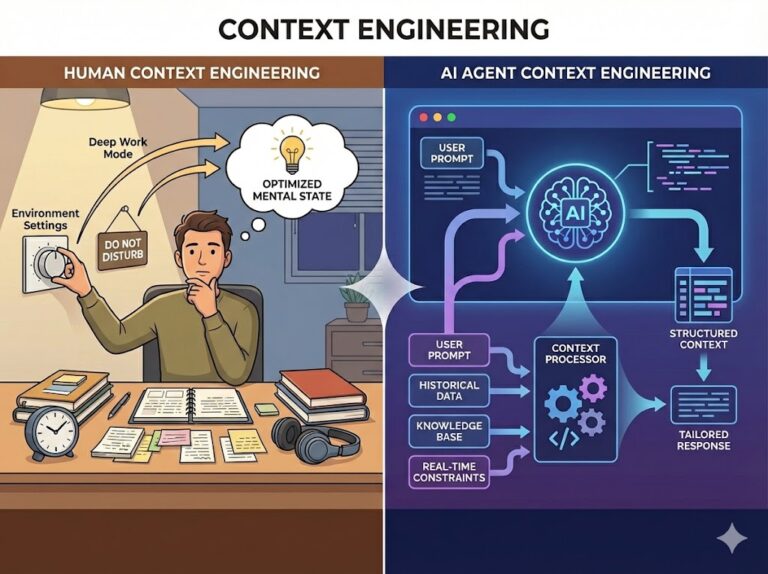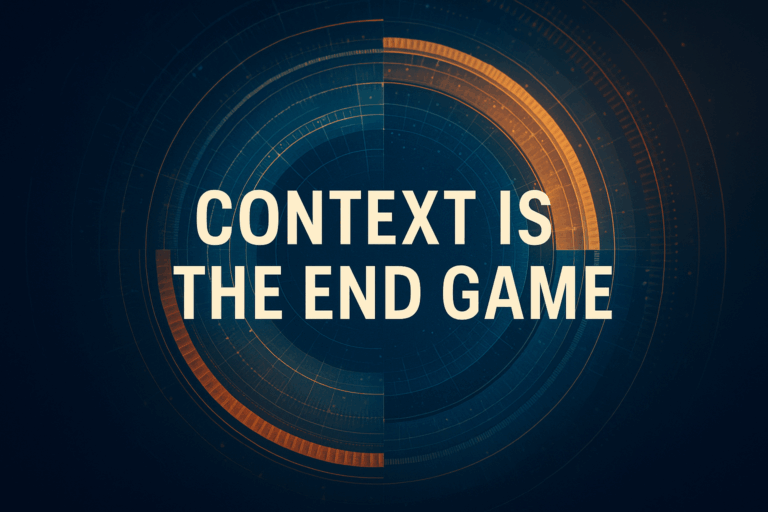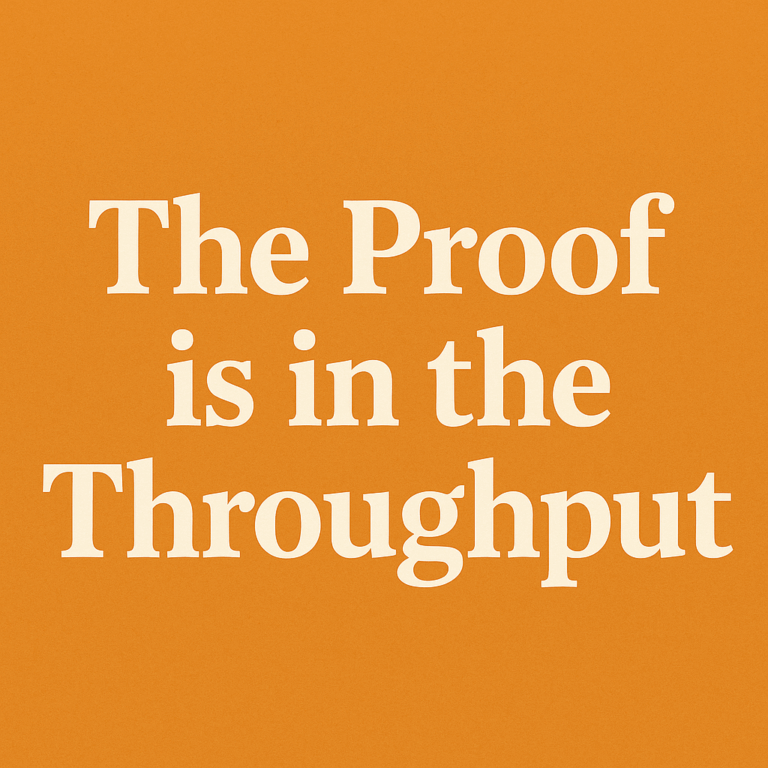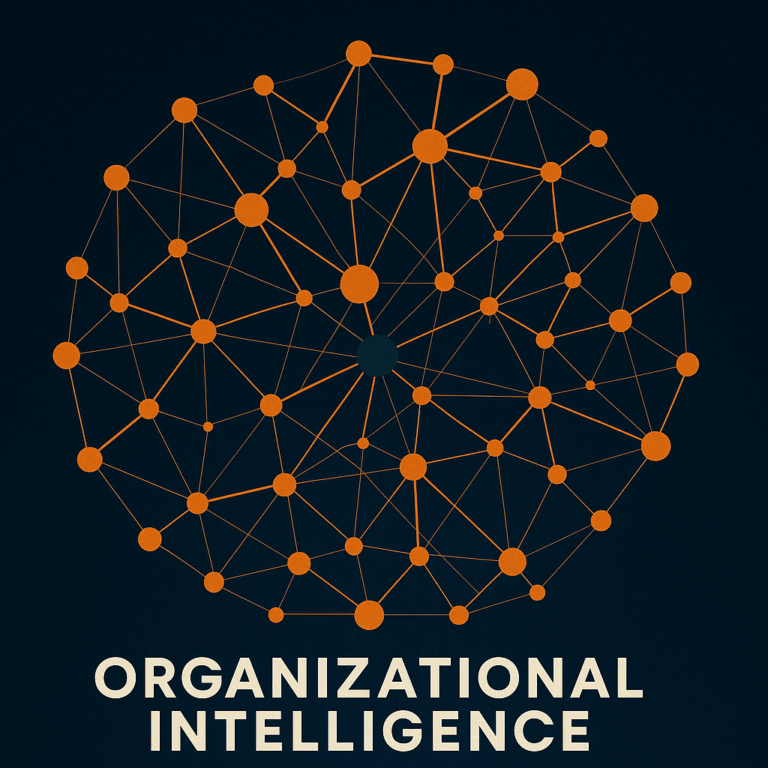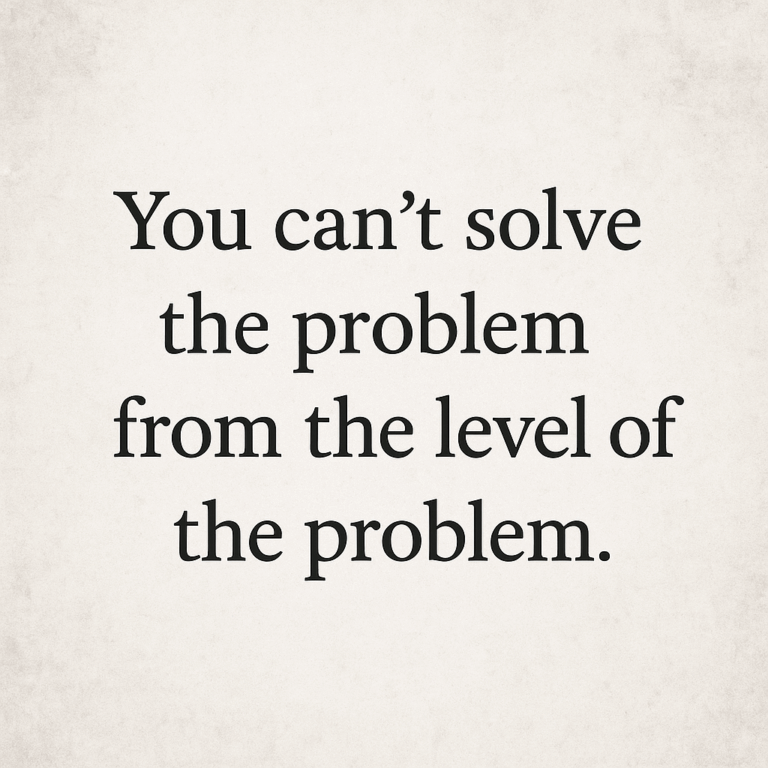
AI and the Hard Problem of Consciousness
Summary Insight: As AI shifts from passive tool to active agent, it is crossing a threshold of “functional consciousness” that will soon disrupt legal and ethical norms. This article outlines the first-principles mechanics of this shift and prepares leaders for




